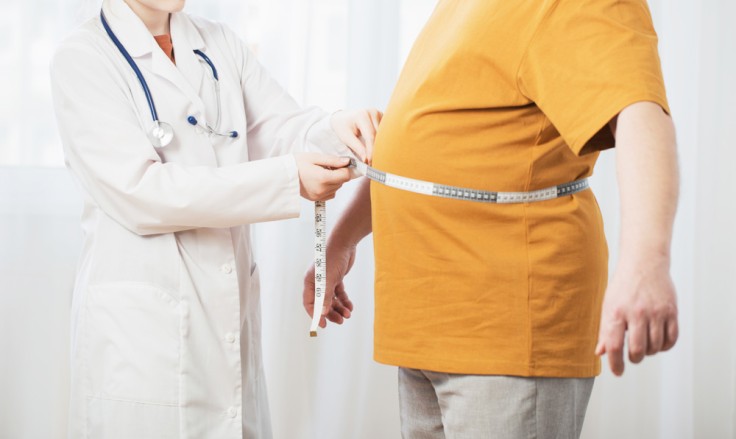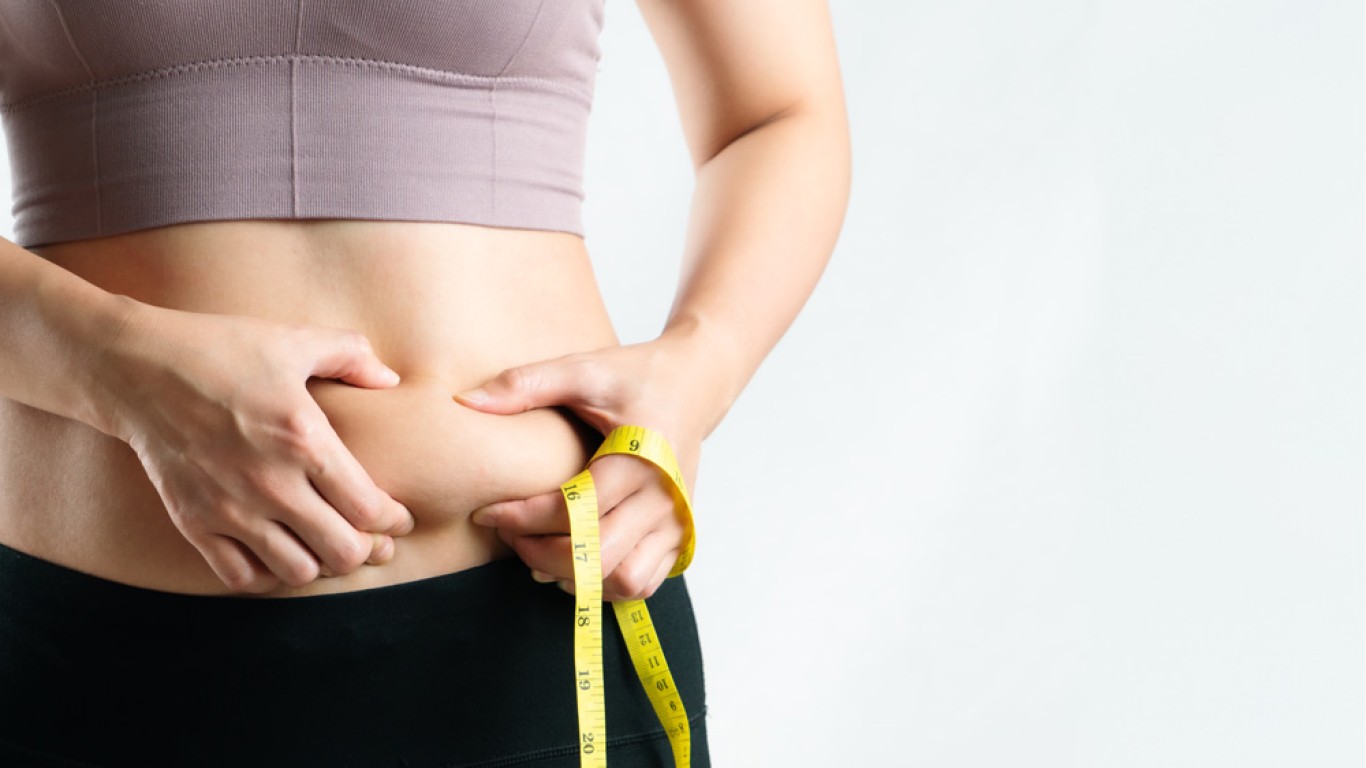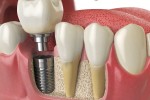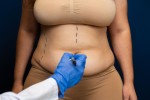VSG surgery, or vertical sleeve gastrectomy, is a life-changing procedure for long-term weight loss. It involves removing a portion of the stomach, which limits how much you can eat. While the operation itself is fairly quick, recovery requires dietary changes. Patients often ask how long it takes to eat normally again. This article explains the eating timeline after VSG surgery and what to expect at each stage.
What Happens to Your Stomach After VSG Surgery?
During VSG surgery, about 75–80% of your stomach is removed permanently. The remaining stomach forms a narrow sleeve. Consequently, your food intake is reduced, and you feel full faster. Additionally, the surgery affects hunger hormones, making you less likely to overeat. This change means your stomach must gradually adjust to eating again.
Why Eating Slowly After VSG Surgery Is Essential
Your new stomach is smaller and more sensitive than before. Eating too quickly can cause discomfort, nausea or vomiting. Therefore, it's crucial to chew thoroughly and eat slowly. Over time, your body learns to adapt, but early on, slow eating helps prevent complications. It also allows you to listen to fullness cues.
Stage 1: The Clear Liquid Phase (First 3–5 Days)
Right after surgery, you’ll only be allowed clear liquids. This includes water, broth, herbal teas and sugar-free drinks. The goal is to keep you hydrated while letting your stomach heal. During this time, avoid carbonated beverages and caffeine. Although you may feel hungry, liquids will keep you full enough to prevent discomfort.
Stage 2: The Full Liquid Phase (Up to 2 Weeks Post-Surgery)
Once cleared by your doctor, you’ll move to full liquids. This stage includes protein shakes, milk, soup with no chunks and smooth yoghurt. It’s important to prioritise protein to maintain muscle mass. Patients should aim for 60–80 grams of protein daily. Additionally, sip fluids throughout the day to avoid dehydration.
Stage 3: The Pureed Foods Phase (Weeks 3–4)
At this stage, you can introduce soft pureed foods. Good options include mashed vegetables, scrambled eggs and smooth cottage cheese. Avoid sugar and high-fat foods. Meals should be small—about 4 to 6 spoonfuls at a time. Furthermore, avoid drinking during meals to prevent stretching your new stomach.
Stage 4: The Soft Foods Phase (Weeks 5–6)
Around week five, you may begin eating soft, chewable foods. Examples include minced meat, soft fish, cooked vegetables and soft fruits. Chew each bite thoroughly before swallowing. Continue avoiding bread, rice, fried foods and sugar. Your portions should remain small—around 1/4 to 1/2 cup per meal.

Stage 5: Reintroducing Solid Foods (Around Week 7 and Beyond)
Seven weeks after VSG surgery, most patients start reintroducing normal solid foods. However, this doesn't mean you return to old eating habits. Meals should still be high in protein and low in sugar. You may tolerate some foods better than others. It’s best to add one food at a time and monitor your reaction.
When Will Eating Feel “Normal” Again?
Although you may eat solid foods after seven weeks, your new normal will be different. Many patients feel truly comfortable by month three or four. Eventually, you’ll establish a new eating rhythm. Meals will be smaller, slower and more mindful. If you follow your plan, eating can be satisfying without overeating.
What Foods Should You Avoid After VSG Surgery?
Some foods are harder to tolerate after surgery.
These include:
- Fried or greasy foods
- Carbonated drinks
- Tough meats
- Sugary snacks
- White bread and pasta
Instead, focus on lean protein, vegetables and whole foods. Also, drinking enough water daily is key to digestion and energy.
The Role of Protein in Your New Diet
Protein is vital after VSG surgery. It helps maintain muscle and supports healing. Good sources include lean meats, eggs, Greek yoghurt and protein shakes. If you don’t meet your daily protein goals, you may feel weak or lose muscle mass. Additionally, protein helps keep you full between meals.
How Often Should You Eat After VSG Surgery?
Rather than three large meals, you’ll eat five to six small meals per day. Eating too little can lead to fatigue, while overeating causes discomfort. Structured eating times also support long-term weight loss. Remember, the key is consistency and balance. Listen to your body, and stop when you feel full.
Support from Your Medical Team and Nutritionist
After surgery, follow-up appointments are crucial. Your surgeon and dietitian will guide you through each eating stage. They’ll also help adjust your nutrition based on progress. If you struggle with certain foods or feel unwell, speak with your care team. Ongoing support improves long-term success and keeps you on track.
Emotional Changes Linked to Food After VSG Surgery
Food can play a strong emotional role in life. After VSG surgery, some patients struggle with missing old eating habits. It’s normal to feel emotional during this transition. Support groups and counselling can help. Eventually, patients often feel empowered by their new lifestyle and better health.
Maintaining Long-Term Results with Healthy Eating
Eating healthily after surgery is not just short-term—it’s lifelong. Long-term success depends on balanced meals, portion control and avoiding emotional eating. Many patients keep food journals or use apps to track meals. Furthermore, regular movement and hydration support weight loss. Small, consistent steps lead to lasting results.
Traveling or Eating Out After VSG Surgery
Dining out after surgery is possible, but it takes planning. Choose grilled, steamed or baked foods over fried. Avoid large portions and pack leftovers. Don’t hesitate to ask for substitutions. When travelling, bring snacks like protein bars or nuts. Preparation ensures you stick to your routine wherever you are.
Conclusion
After VSG surgery, returning to normal eating takes time and patience. Following each dietary stage supports healing and long-term results. By week seven, you’ll reintroduce solid foods, though “normal” eating looks different post-surgery. Listening to your body, eating slowly and choosing nutritious foods ensures lasting success and improved wellbeing.
For more information on VSG and to book a consultation visit the ACIBADEM Beauty Center obesity surgery webpage.
Frequently Asked Questions
Yes, occasionally. But regular sugar intake can slow weight loss and trigger cravings.
Not always. As you tolerate more foods, you’ll get protein from whole foods instead.
You may feel nauseous or vomit. Over time, you’ll learn your limits.
Yes, but wait at least a month. Choose decaf and avoid sweeteners or cream.
Wait at least 6 months. Alcohol is absorbed faster post-surgery and can affect weight loss.














